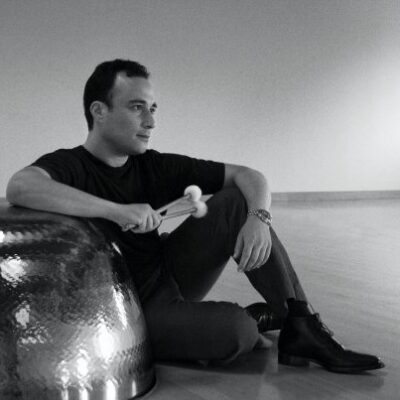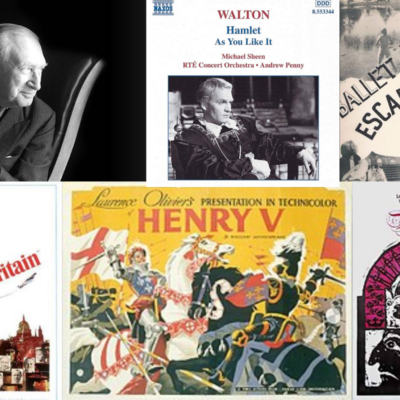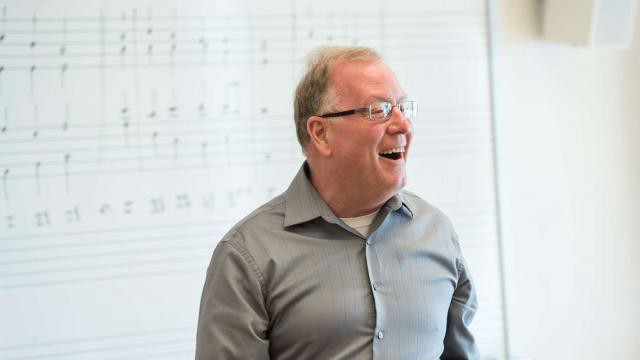
Alexander Zemlinsky (1871–1942)
Lustspiel Overture (1891)
He was the little quiet guy amidst a bunch of big loud personalities. His brother-in-law was Arnold Schoenberg. He fell in love with Alma Schindler, who rejected him—too short, too homely, she said—and married Gustav Mahler instead. One of his early boosters was Johannes Brahms. Among his students we find Alban Berg, Anton Webern, and Erich Wolfgang Korngold. Among his conducting assistants we find Erich Kleiber and George Szell. All artists of lasting renown. But Alexander Zemlinsky? Posterity mostly forgot about him.
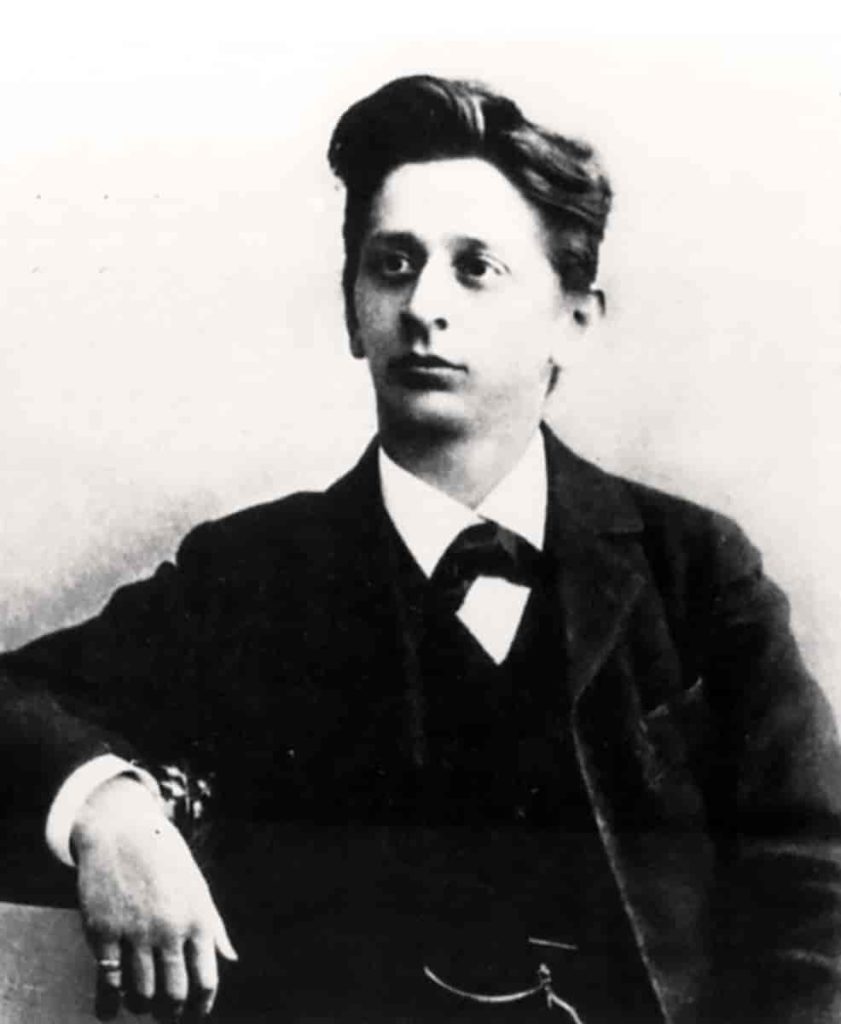
Zemlinsky sustained a reasonably successful career, mostly as a conductor, until the Nazi menace compelled him and his wife to flee to America, where he died in a New York City suburb. His music languished in obscurity until it began to resurface in the wake of the Mahler revival that began in the 1960s. The restoration hasn’t been easy. Zemlinsky wasn’t one to blow his own horn and displayed a cavalier attitude towards preserving his own works.
What has emerged is a late Romantic composer who wrote solidly crafted works of striking emotional intensity. Among his early efforts we find the Lustspiel Overture of 1891, a bit of incidental music for a comic play (lustspiel) that one theater-goer dissed as “egregious rubbish.” The failed play bounced around a bit but soon vanished, taking Zemlinsky’s overture down with it. Now, after a century spent in the Bardo of forgotten music, the Lustspiel Overture—lighthearted, fleet, and charming—has returned to the repertory.
Alma Mahler (1879–1964)
Five Songs (1910)
Alma Schindler was not one to marry some rising young businessman and settle down as a contented Viennese hausfrau. The daughter of a celebrated landscape painter, her lovers included Gustav Klimt, Alexander Zemlinsky, Gustav Mahler, Walter Gropius, Oskar Kokoschka, and Franz Werfel. Klimt and Kokoschka painted her. Mahler, Gropius, and Werfel married her.
The self-identified ‘muse’ of writers, composers, and artists, Alma Mahler—she’s usually identified by her first married name—had a solid compositional gift that reveals itself in the songs that she wrote in the years prior to her marriage to Gustav Mahler, who discouraged her from composing. But Mahler eventually backed off that stance once he learned that a deeply frustrated Alma was having an affair with the young architect Walter Gropius, and went so far as to assist her in editing and publishing five of her songs in 1910. We’ll never know if this newfound support might have resulted in further and/or more ambitious works from Alma, since Mahler died of an infected heart valve a year later.
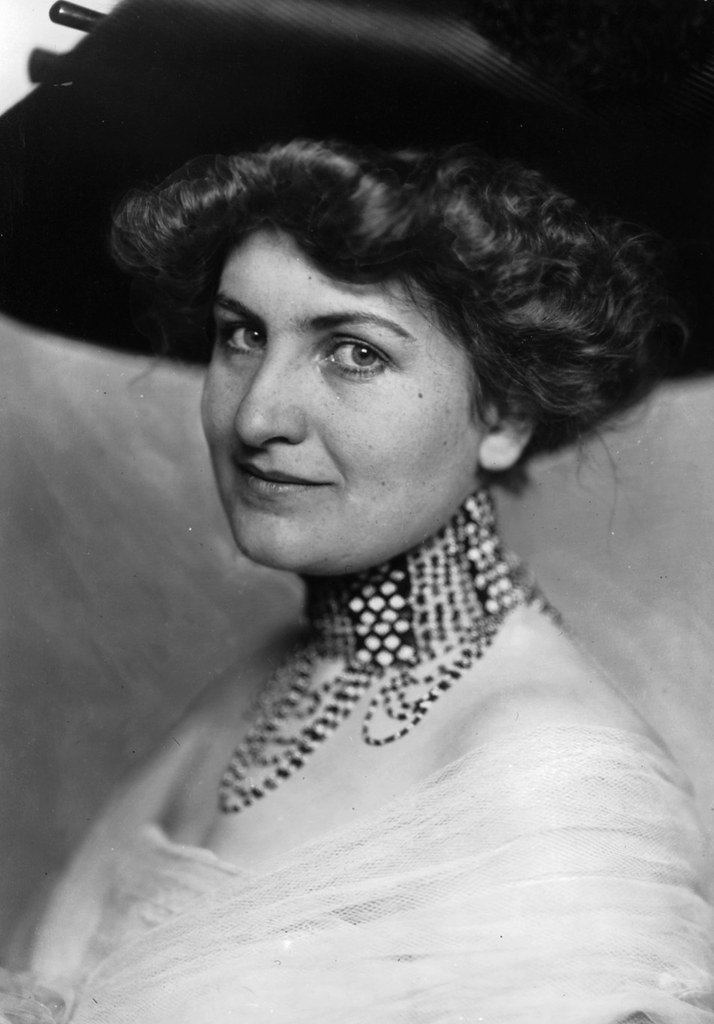
Alma’s marriage to Walter Gropius lasted from 1915 to 1920, to poet and novelist Franz Werfel from 1929 until his death in 1945. By then she was living in Los Angeles; in 1946 she resettled in New York City, where she remained for the rest of her life.
Alma Mahler’s Five Songs display a superb sensitivity to their late-Romantic, erotically-tinged poems, evocative, fragrant, and atmospheric—all the more enhanced in orchestrations by renowned conducting teacher Jorma Panula. Nota bene: among the poets in her settings we find Richard Dehmel, who was put on trial for obscenity and blasphemy in the late 1890s.
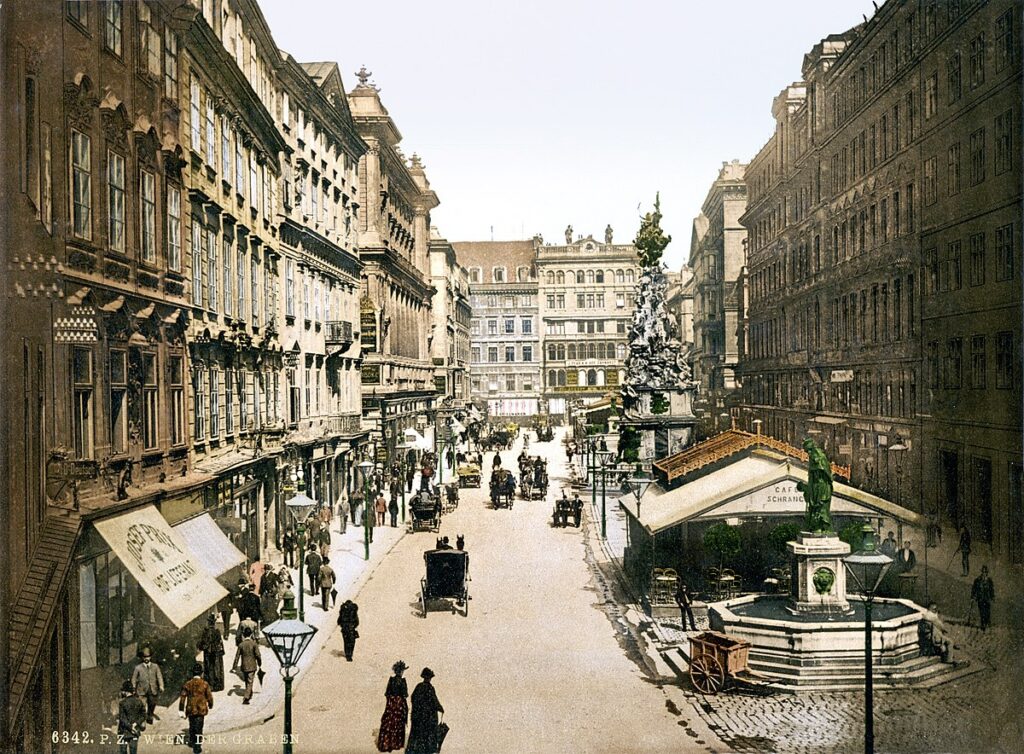
Hans Rott (1858–1884)
Symphony No. 1 in E Major (1878–80)
He was the rarest of hothouse flowers, an explosive early bloom of startling beauty in the fertile soil of late-Romantic Vienna. But it couldn’t last. Swift decay, then madness, then tuberculosis. He died in a mental hospital just a month shy of his 26th birthday. His music died with him. Now, a rebirth.
Hans Rott was the illegitimate son of a middle-aged Viennese comic and a teenaged actress. Although his parents eventually married, both had passed on by the time he was 18. It was hardly surprising that he grew up markedly insecure and often desperate for money. Nevertheless he matured into a physically imposing young man who was warmly admired by his fellow students at the Vienna Conservatory, a group that included future composers Hugo Wolf and Gustav Mahler.
Rott could count on his organ teacher Anton Bruckner as a fervent supporter and Viennese alpha male Johannes Brahms as a fervent detractor. He was a successful enough student but career advancement proved elusive. He raised too many hackles. He was prone to that sniffy disdain so common in the very young. “How many musicians are there, and how few artists!” he proclaimed. But if he was a bit of an adolescent windbag, at least he was a gifted one. In 1900 Gustav Mahler reminisced about his former classmate: “It is completely impossible to estimate what music has lost in him. His genius soars to such heights even in his first symphony, written at the age of twenty.” That aforesaid Symphony No. 1 in E Major had to wait until 1989 for its first performance. It has since acquired numerous admirers, and not just because of its tragic backstory. Rott’s one and only symphony anticipates Mahler, channels Bruckner, and stands as a poignant remembrance of lost promise.
How much Wagner, Bruckner, Brahms, Mahler, and even Richard Strauss one hears in the Rott First Symphony naturally depends on one’s familiarity with those composers. That Rott’s as-yet unformed style would echo influences such as Bruckner is to be expected, emulation being part and parcel of a young composer’s development. Less expected are the foreshadowings of Mahler and Richard Strauss, whose music was yet to be. “It must have been considered totally crazy at the time” writes conductor Jakub Hrůša, “but proved indeed to be one of the ways forward.” In short, Hans Rott played a part, however brief, in the scheme of things—a part that is just now coming to be acknowledged.
Program Annotator Scott Foglesong is the Chair of Musicianship and Music Theory at the San Francisco Conservatory of Music, and a Contributing Writer and Lecturer for the San Francisco Symphony. He also leads the California Symphony’s ground-breaking music education course for adults Fresh Look: The Symphony Exposed.
MAHLER’S INNER CIRCLE, with contralto Sara Couden, takes place Saturday, March 25 at 7:30 p.m. and Sunday, March 26 at 4 p.m. at the Lesher Center for the Arts in Walnut Creek. Tickets are $49 to $79 and $20 for students 25 and under, and include a free 30-minute pre-concert talk starting one hour before the performance. Buy tickets online or call or visit the Lesher Center Ticket Office at 925.943.7469, Wed – Sun, 12:00 noon to 6:00 p.m.

